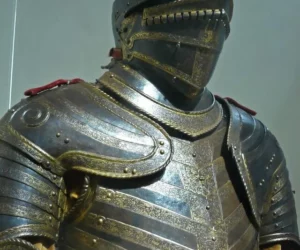The steel armor of King Henry VIII is a remarkable artifact that symbolizes the power and prestige of one of England’s most famous monarchs. Crafted in the 16th century, this armor was not only a protective garment for the king but also a statement of wealth and technological advancement. It reflects the artistry and skill…
Ancient Artifacts
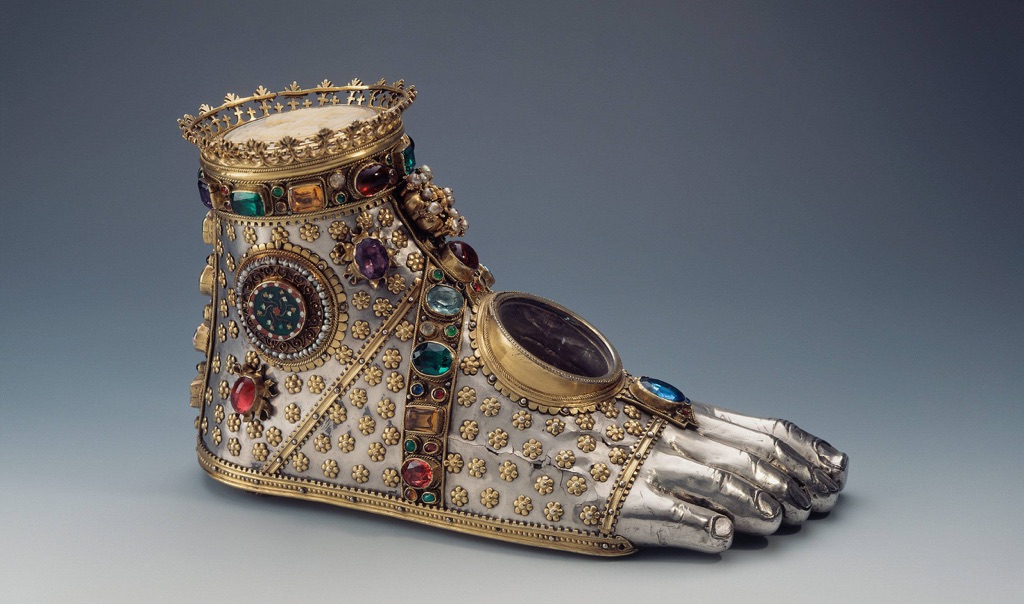
Moving to the East, ancient China artifacts like bronze vessels and oracle bones shed light on the rituals and governance of early Chinese dynasties. These artifacts highlight China’s long history of craftsmanship and written language. Similarly, ancient Egyptian artifacts are world-renowned, particularly for their funerary art, such as the treasures from King Tutankhamun’s tomb. These pieces reflect the Egyptians’ beliefs about death and the afterlife. Artifacts are not just old objects to be displayed in museums; they are keys to unlocking the secrets of human development across the ages. They preserve the ideas and values of people who lived thousands of years before us. Through careful study, they teach us about our collective history and heritage.
Among the most famous ancient artifacts in the world is the Rosetta Stone. Discovered in 1799, this granodiorite stele was the key to understanding Egyptian hieroglyphs—a script made of small pictures that was used originally in ancient Egypt for religious texts. The Rosetta Stone is inscribed with a decree issued at Memphis in 196 BC on behalf of King Ptolemy V. The decree appears in three scripts: the upper text is Ancient Egyptian hieroglyphs, the middle portion Demotic script, and the lower Ancient Greek. Because it presents essentially the same text in all three scripts, it provided the crucial link for scholars to decipher Egyptian hieroglyphs, thereby opening a window into ancient Egyptian history.
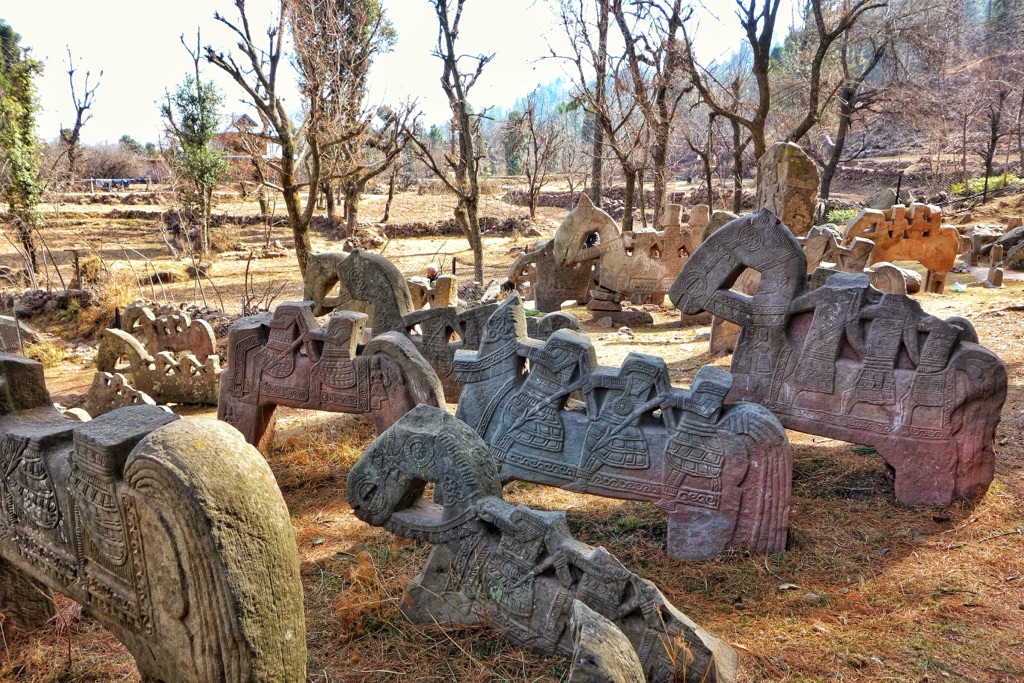
The title of the oldest artifact on earth goes to the stone tools found in Lomekwi 3, Kenya, which date back to 3.3 million years ago. These tools predate the earliest known humans and suggest that tool-making was a part of our pre-human ancestors’ way of life. These ancient tools mark a significant milestone in human evolutionary history, indicating the beginnings of technology and innovation. They are not just simple objects; they represent the dawn of human ingenuity and the very first steps towards the complex societies we have today.
An ancient artifact can be defined as any item made or used by humans in ancient times that has cultural, historical, or archaeological significance. These artifacts can range from monumental structures like the pyramids of Egypt to small, everyday objects like Roman coins. They can include items as diverse as weapons, clothing, and artwork. Each artifact, no matter its size or apparent significance, offers a glimpse into the lives of those who came before us, providing evidence of past behaviors, beliefs, and social structures.
Famous ancient artifacts not only include monumental finds like the Rosetta Stone or the treasures of Tutankhamun’s tomb but also the Terracotta Army of China, the Dead Sea Scrolls, and the Venus of Willendorf. The Terracotta Army, buried with the first Emperor of China, Qin Shi Huang, consists of thousands of life-sized figures meant to protect the emperor in the afterlife. The Dead Sea Scrolls, discovered in a series of caves near the Dead Sea, are ancient Jewish texts that offer invaluable insight into the history of Judaism and the early text of the Bible. The Venus of Willendorf, a small Paleolithic figurine discovered in Austria, dates back to about 28,000 BCE and is thought to represent fertility. Each of these artifacts, in its own way, has reshaped our understanding of human history, offering evidence of the complexity, diversity, and ingenuity of ancient civilizations.
List of Discovered Ancient Artifacts
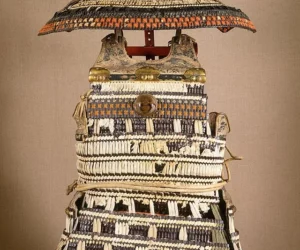
The Armor of Ashikaga Takauji
The Armor of Ashikaga Takauji is a significant historical artifact that belonged to the founder of the Ashikaga shogunate, Takauji himself. This armor represents the military and cultural heritage of medieval Japan. Ashikaga Takauji was a notable figure in Japanese history, and his armor is a testament to his influence and the era he lived…
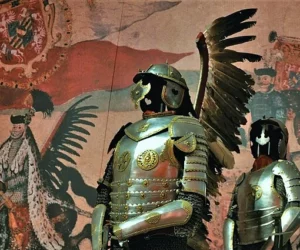
The Polish Winged Hussar’s Armor
The Polish Winged Hussar’s armor is a striking symbol of Poland’s military history, renowned for its distinctive and ornate design. These elite cavalrymen were a key component of the Polish army from the 16th to the 18th centuries. Their armor was not only functional, providing protection in battle, but also served to intimidate opponents and…
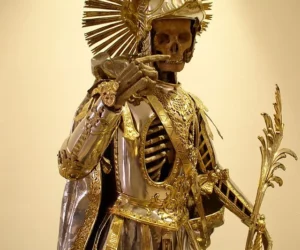
The Armored Skeleton of Saint Pancratius
The armored skeleton of Saint Pancratius stands as a remarkable artifact, steeped in history and religious significance. This relic, which is adorned in ornate armor, represents Saint Pancratius, a Roman martyr who was beheaded for his Christian faith at the age of 14 during the early persecutions of Christians in the Roman Empire. The skeleton,…
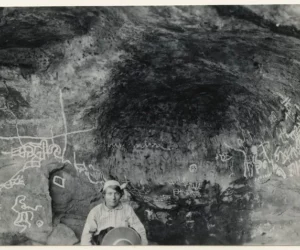
Cala Cala Petroglyphs
The Cala Cala petroglyphs are a collection of ancient rock carvings found in the Oruro Department of Bolivia. These petroglyphs are etched into the rock face and depict a variety of images, including animals, human figures, and geometric shapes. They are a testament to the region’s rich prehistoric culture and are considered an important archaeological…
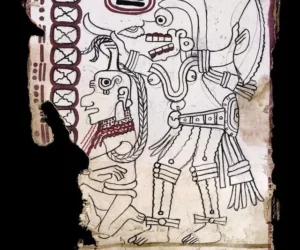
Maya Codex of Mexico
The Maya Codex of Mexico, also known as the Grolier Codex, is one of the few surviving Maya manuscripts. Dated to the 12th century AD, this codex offers a glimpse into the pre-Columbian Maya civilization. Among the Maya books that still exist, it is the most recent and controversial due to questions surrounding its authenticity….

